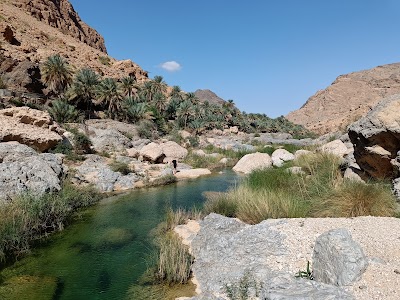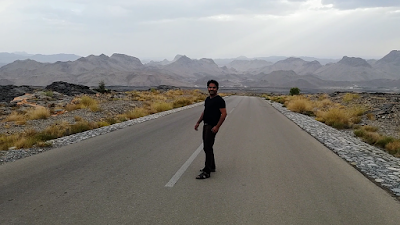Al Kamil Fort (قلعة الكامل)
Related Places
Overview
Al Kamil Fort, a majestic historical landmark, stands proudly in the city of Ash Sharqiyah North, Oman. This fort, steeped in rich history and remarkable architecture, serves as a testament to the ingenuity and heritage of the Omani people.
Constructed in the 18th century during the reign of the Yaruba dynasty, Al Kamil Fort was built as part of a broader initiative to protect Oman’s territory from invasions and to secure trade routes vital for the flourishing Omani maritime trade. The Yaruba dynasty is renowned for erecting numerous forts and castles across Oman, each serving as a stronghold of defense and a symbol of power.
Strategically located on elevated ground, Al Kamil Fort offers an excellent vantage point that enhances its defensive capabilities. This prime location allows for sweeping views of the surrounding landscape, making it easier to detect potential threats from afar. The fort's elevated position was crucial in ensuring the safety of the region it safeguarded.
The construction of Al Kamil Fort exemplifies the traditional architectural expertise of Omani builders. Utilizing locally sourced materials like mud bricks, stones, and timber, the fort was designed for longevity and resilience against attacks. Its thick walls and robust foundations ensure durability, while the use of mud bricks helps maintain cool indoor temperatures during the sweltering summer months.
Inside, the fort’s architecture is both functional and visually captivating. It features a series of interconnected rooms and halls serving various purposes, including living quarters, storage spaces, and meeting areas. These rooms are adorned with traditional Omani decorative elements, showcasing intricate wooden carvings and ornate plasterwork that reflect the craftsmanship of the builders.
One of the fort's standout features is its imposing central tower, known as the watchtower. As the tallest structure in the fort, it served dual functions: primarily for surveillance, offering a 360-degree view of the landscape, and as an additional defensive layer. The narrow slit windows were meticulously designed for archers to defend the fort while remaining protected.
Beyond its defensive architecture, Al Kamil Fort also embodies elements of daily life and administration. The large central courtyard acted as a bustling hub of activity, facilitating gatherings for soldiers, residents, and traders. This space was also utilized for public meetings and social events, reinforcing its role as a vital community center.
In the arid environment of Oman, water is a precious resource. Al Kamil Fort ingeniously incorporates an underground water storage system, ensuring a continuous supply for its inhabitants, even during sieges. This innovative solution underscores the foresight of its builders.
Additionally, the fort features a mosque within its grounds, highlighting its religious and cultural significance. This space not only served as a place of worship but also functioned as a gathering point for the local community, further emphasizing the fort's role as a communal center.
Throughout the centuries, Al Kamil Fort has undergone restoration and maintenance by successive generations, preserving its structure and ensuring it remains a source of pride for the region. Today, it stands as a historical monument, drawing tourists and history enthusiasts eager to explore its ancient corridors and delve into its storied past.
In summary, Al Kamil Fort in Ash Sharqiyah North, Oman, is a stunning representation of Omani architecture and historical significance. Built in the 18th century by the Yaruba dynasty, it has served as a protective fortress, a community hub, and a symbol of the region's rich cultural heritage. Its strategic location, robust construction, and thoughtful design reflect the ingenuity of its builders, ensuring that it remains a cherished landmark for generations to come.









